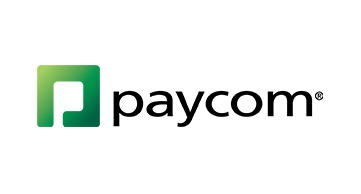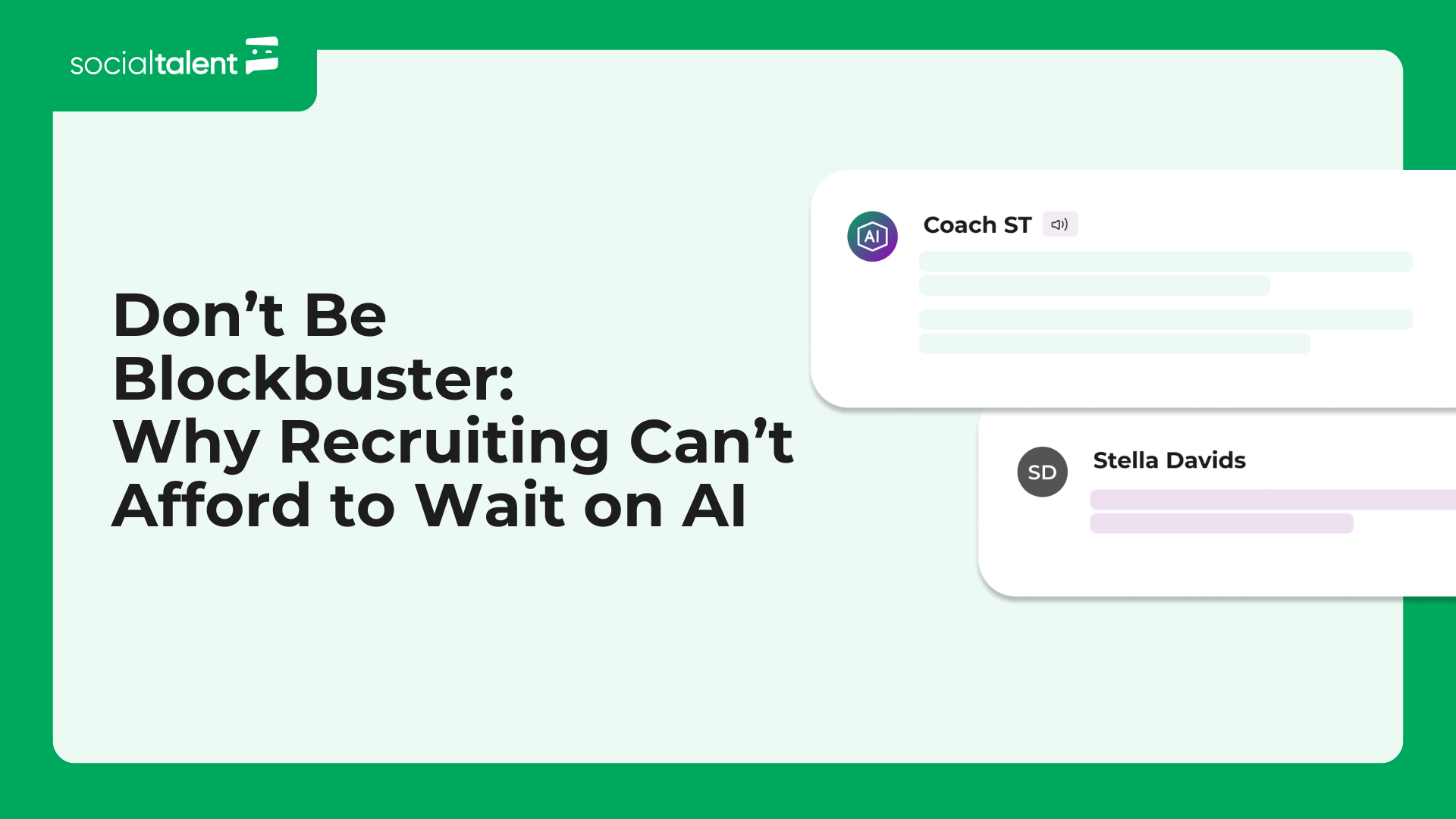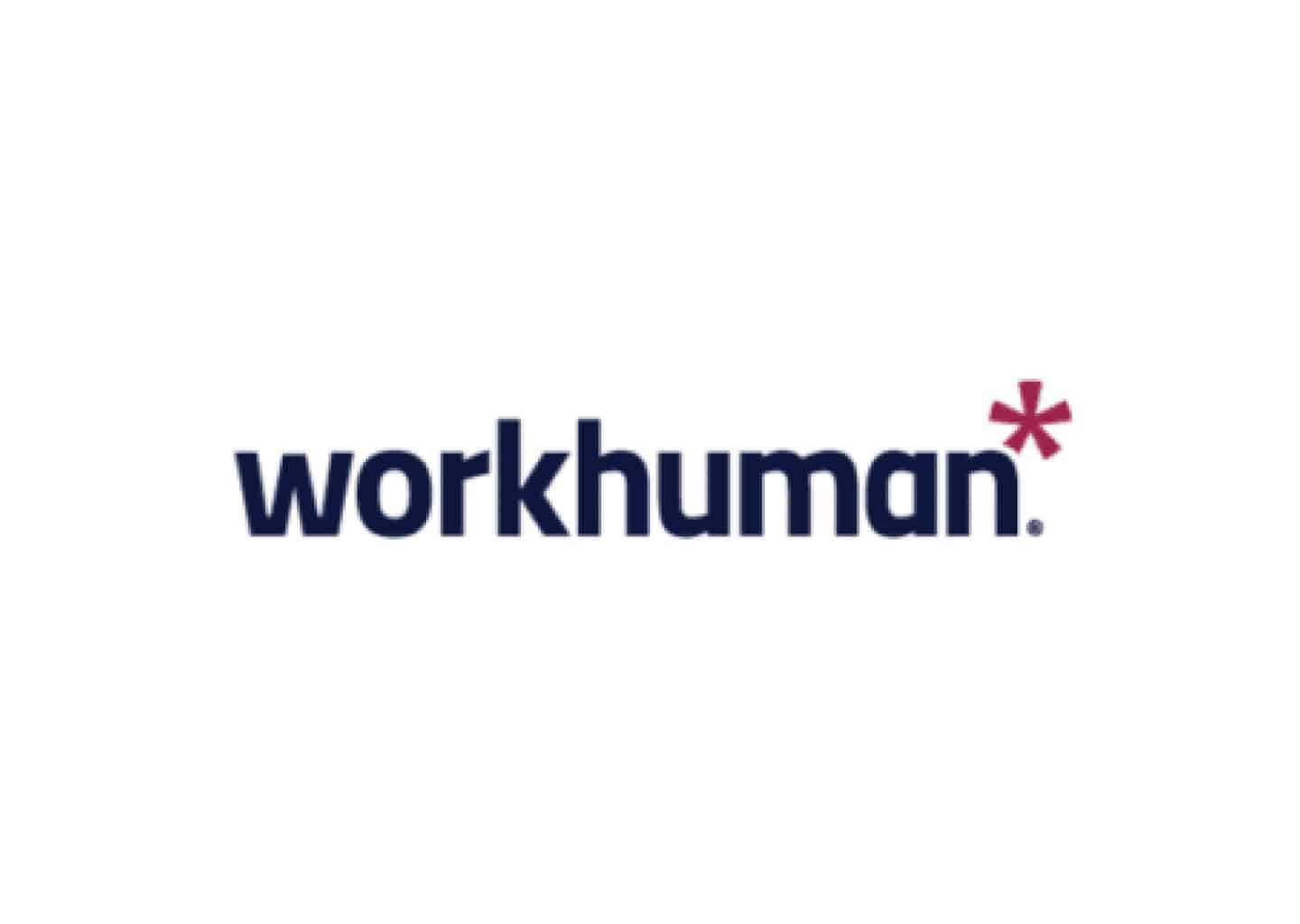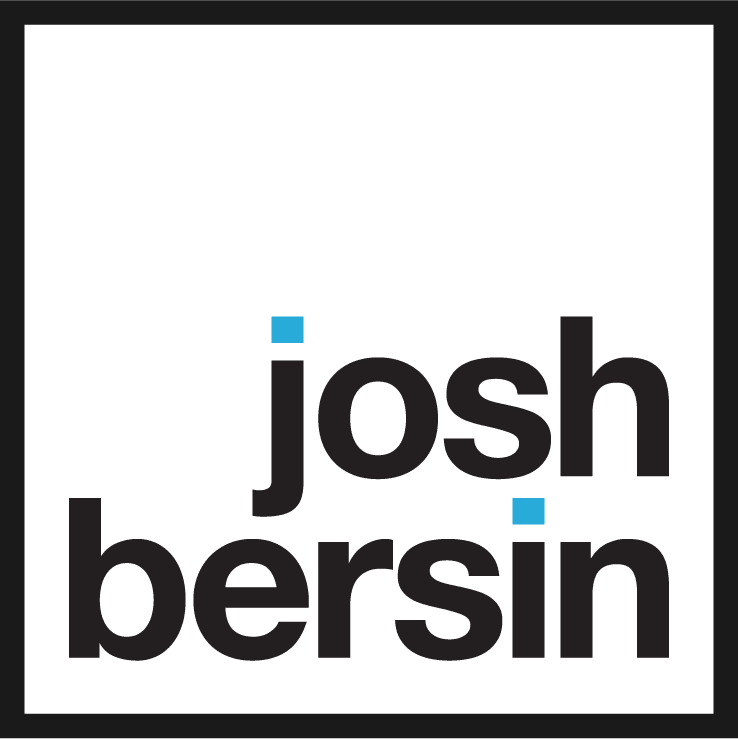In many organizations, employees’ skills and capabilities remain hidden in plain sight. AI is now making it easier to surface and match those capabilities to the work that needs to get done. As traditional hierarchies and rigid career paths give way to more dynamic models, AI-powered internal talent marketplaces (ITMs) are emerging as a powerful way to connect people with opportunities, unlock potential and reshape how work gets done.
Gartner predicts that 30% of large enterprises will adopt talent marketplaces to tap into the potential offered by this technology by the end of this year. The future of work isn’t about finding talent. It’s about freeing the talent you already have to drive innovation, productivity, engagement and individual growth, while reducing turnover.
Internal talent mobility has historically referred to moving talent to different jobs within the organization to create learning opportunities. With the help of AI technologies, like internal talent marketplaces, we can now think of internal talent mobility more flexibly. Rather than completely moving from one job to take on a new challenge or to apply skills in a different context, employees can make room for a project that’s outside their day-to-day job responsibilities.
See also: Bersin: Why the talent marketplace will be ‘central to HR tech’
This more flexible approach to ITM is important. Recent research from i4cp tells us that 50% of managers in general (and 74% of managers in lower-performing companies) resist any type of internal movement despite employees wanting new experiences that grow their skills.
Women are 50% more likely than men to say they do not have visibility into career opportunities inside their company. However, companies that have implemented ITMs have reported that women are more likely than men to take advantage of the opportunities presented by ITMs to build new skills and grow their internal networks, thereby reducing barriers to career opportunities.
In this sense, ITMs are equal opportunity platforms that provide all employees with access to experiences that will further their careers. This is a critical talent strategy for organizations looking to support underrepresented employees.
Organizational research shows that employees at companies with high rates of internal mobility stay 60% longer than employees at companies with low mobility. Meanwhile, LinkedIn data reveals that employees who change roles internally are 3.5x more likely to be engaged in their work. More importantly, i4cp’s Talent Mobility research found that prioritizing talent mobility was directly correlated to market performance, and high-performance organizations were 2x more likely to prioritize this practice.
As our business environment rapidly shifts and new, in-demand skills seem to appear daily, organizations need to be able to move talent around in a more agile manner to unlock hidden capacity, boost retention, develop talent in the flow of work and build truly agile organizations. Here are three keys to success for implementing an internal talent marketplace: manage the change, manage the process and implement the solution.
Manage the change by bringing AI to talent management
We start with managing the change because, let’s face it, managing talent more flexibly is a huge change. HR executives need to begin this journey by building their business case for change. The most common use cases for an ITM are: career development, upskilling, retention, challenges in finding talent, unlocking capacity and organizational agility.
Case studies from individual companies in technology, energy and consumer products have demonstrated strong business results, clearly showing the value of using this talent strategy. They have seen employee engagement increase by over 6% and over $14 million in savings by unlocking the hidden capacity of employees, demonstrated through hundreds of thousands of hours contributed to projects outside of one’s day-to-day job responsibilities (ranging from 200,000-700,000 hours).
An ITM can help get critical project teams form quickly, with the right talent that helps to improve outcomes. But best of all, it finds the talent regardless of where they sit in the organization, leading to cross-boundary collaboration that fuels innovation.
After establishing the business case for change and gaining senior leadership buy-in, you need to assess the readiness of the organization so that you can create a change management plan that will address the challenges you anticipate during implementation.
The most common issues organizations face when implementing an ITM are manager mindset and talent hoarding, and cultural norms about changing jobs and valuing diversity of thought. Success lies in a really great change management plan. This is not about just implementing a technology platform. It’s a completely different talent strategy for how employees learn and grow professionally, and how organizations can optimize the talent they already have.
Manage the process
The first step in managing the process is to identify the technology that can help organizations recognize the skills your current employees possess, including those that may be hidden within a company. The solution should leverage AI to match individual skills with the requirements of various projects or roles.
Next, a company needs to define the new ways of working, or the new talent operating model. This is all about establishing new behavioral expectations, policies and processes that enable an ITM. Finally, a system like this fundamentally disrupts traditional talent management processes, so aligning HR processes with this new talent operating model is critical.
According to the Human Capital Institute, only 61% of companies have a policy to first search internally before posting externally. An ITM necessitates that a company develop a look-inside-first set of policies for both full-time roles and project-based work.
This more agile approach to getting work done requires some changes to all existing talent management processes. These processes tend to be company-driven, process-oriented approaches to identifying and developing high-potential talent. But a talent marketplace is, by its very nature, an employee-centric platform.
It democratizes opportunities and gives employees agency. To encourage agility, managers need to be recognized and rewarded for sharing talent across organizational boundaries. Alignment across these various HR practices is important to continuously reinforce a new approach to getting work done.
Implement the solution
Piloting an ITM in a part of the organization is the best way to identify any potential issues before rolling it out more broadly. Most companies have looked to parts of the business that engage in project-based work as a great place to start.
With more proof points under your belt, you will begin to create pull in the organization to get greater adoption of an ITM. We recommend that you collect feedback during a pilot so that you are learning while doing, and make adjustments to your change management plan along the way. Once you deploy to the whole organization, we still recommend collecting data to evolve your approach as technology and business needs continue to evolve.
The trajectory is clear. Talent marketplaces are rapidly becoming a defining feature of forward-looking organizations. The future of work isn’t about hunting for skills in an ever-competitive market; it’s about unlocking the potential already within reach. When talent is freed to move fluidly across the organization, innovation accelerates, productivity climbs, engagement deepens and turnover declines, creating a cycle of growth that benefits both the individual and the business.





















